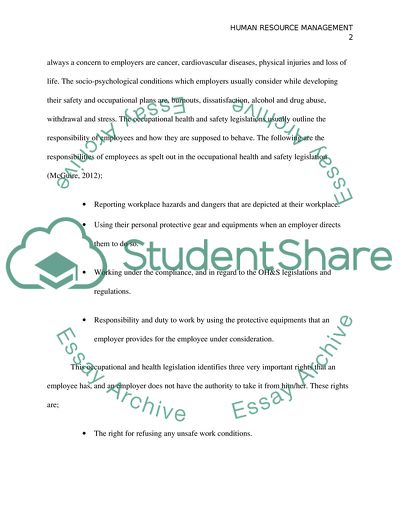Cite this document
(“BBUS 381 A6 Essay Example | Topics and Well Written Essays - 2000 words”, n.d.)
BBUS 381 A6 Essay Example | Topics and Well Written Essays - 2000 words. Retrieved from https://studentshare.org/human-resources/1625515-bbus-381-a6
BBUS 381 A6 Essay Example | Topics and Well Written Essays - 2000 words. Retrieved from https://studentshare.org/human-resources/1625515-bbus-381-a6
(BBUS 381 A6 Essay Example | Topics and Well Written Essays - 2000 Words)
BBUS 381 A6 Essay Example | Topics and Well Written Essays - 2000 Words. https://studentshare.org/human-resources/1625515-bbus-381-a6.
BBUS 381 A6 Essay Example | Topics and Well Written Essays - 2000 Words. https://studentshare.org/human-resources/1625515-bbus-381-a6.
“BBUS 381 A6 Essay Example | Topics and Well Written Essays - 2000 Words”, n.d. https://studentshare.org/human-resources/1625515-bbus-381-a6.


